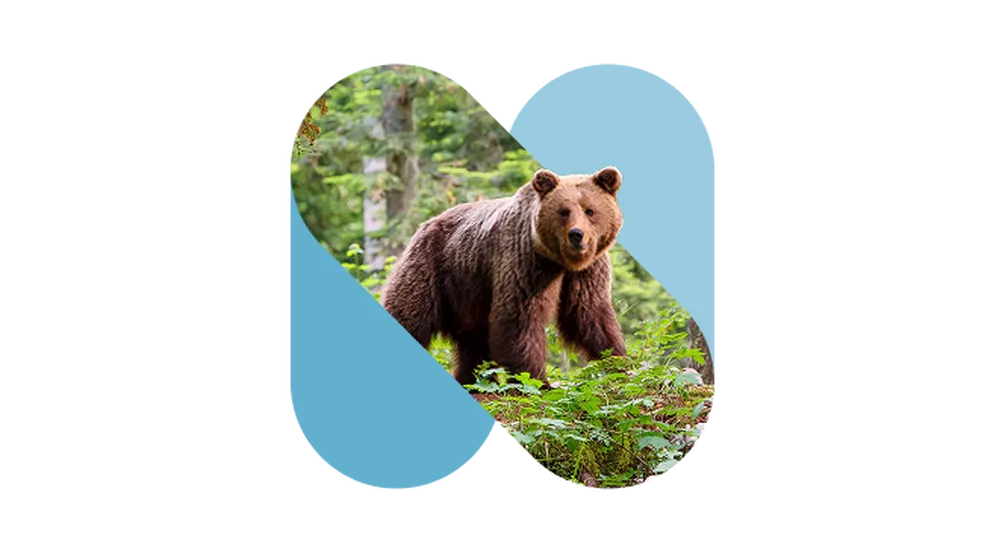The magpie (Pica pica) is a beautiful, black-and-white bird of slender build. It has raven-black head, throat, chest and back, and the black feathers on its tail and wings shimmer in iridescent green and blue metallic shades. Its flanks, belly and hips are snow-white. A very long tail is characteristic for it, which in males is somewhat longer and more bushy than in females. When extended, it is about 40 to 51 cm long; females are considerably smaller.
Magpies are loud, diurnal birds that promptly announce the approach of a human, a cat, a predator or some other danger with a loud screech. Magpies are sociable, especially in winter they like to socialize in groups and roost together. It lives in a wide variety of habitats. We meet it in settlements with larger trees, parks and gardens, yet it prefers to nest in the countryside, in agricultural landscapes, where meadows and pastures intertwine with small woods, and fields are surrounded by colorful hedgerows.
As for its diet, the magpie is not fussy. It is an omnivore, which besides insects and seeds also indulges in some eggs, a bird chick or a small mammal, and it does not shy away from carrion either. Interestingly, the magpie also picks ticks and insects off the bodies of livestock or wild ungulates. The magpie is a common and widespread bird here, nesting in April and May, and we can observe it all year round, as it does not migrate.


